und Wörterbuch
des Klassischen Maya



The Term “Lima Bean Vessel” in the Classic Mayan Lexicon
Research Note 11
DOI: http://dx.doi.org/10.20376/IDIOM-23665556.18.rn011.en
Christian M. Prager (Rheinische Friedrich-Wilhelms-Universität, Bonn)
A few years ago, Alexandre Tokovinine published convincing arguments for the identification of a logograph IB representing the word “lima bean” (2014). He suggested that the newly identified word sign is the character T709 classified in Eric Thompson’s catalog of Maya hieroglyphs (1962) (Figure 1). However, the Text Database and Dictionary of Classic Mayan project’s recent revision and emendation of Thompson’s catalog has shown that the graph deciphered by Tokovinine is not T709 or “ink”, but rather another graph that Thompson did not include in his inventory. Martha Macri and Matthew Looper also do not distinguish between the two signs, listing both under the designation YGA (2003:370) (Figure 1).
According to Thompson’s original index cards which have been made available to the project, the so-called “gray cards” (Figure 2), the sign for the word “ink” is classified under the nomenclature 709. Proposed readings of this graph by Nikolai Grube (1994) and David Stuart (2012) are SABAK, YABAK, ABAK and SIBIK.
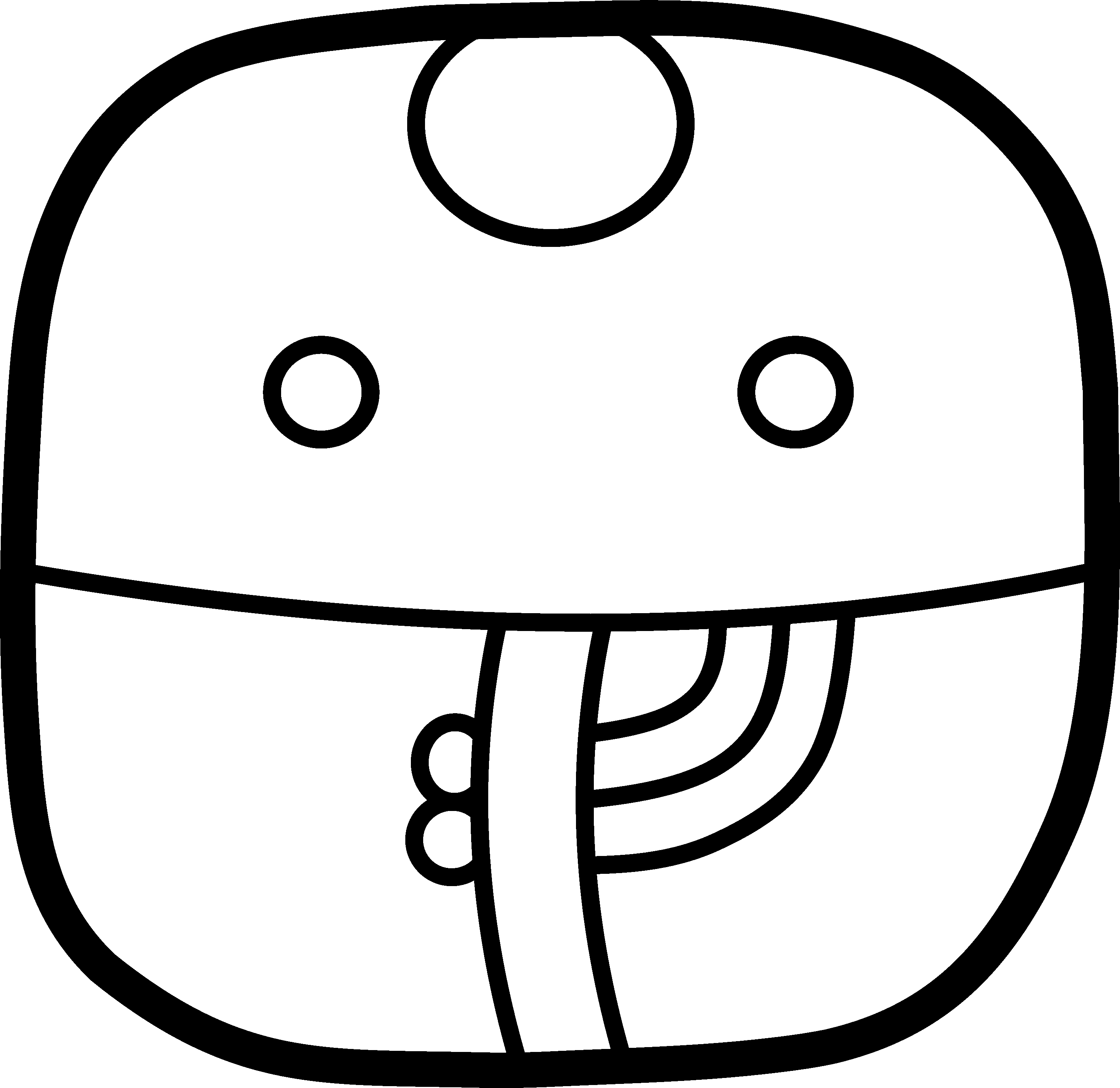 |
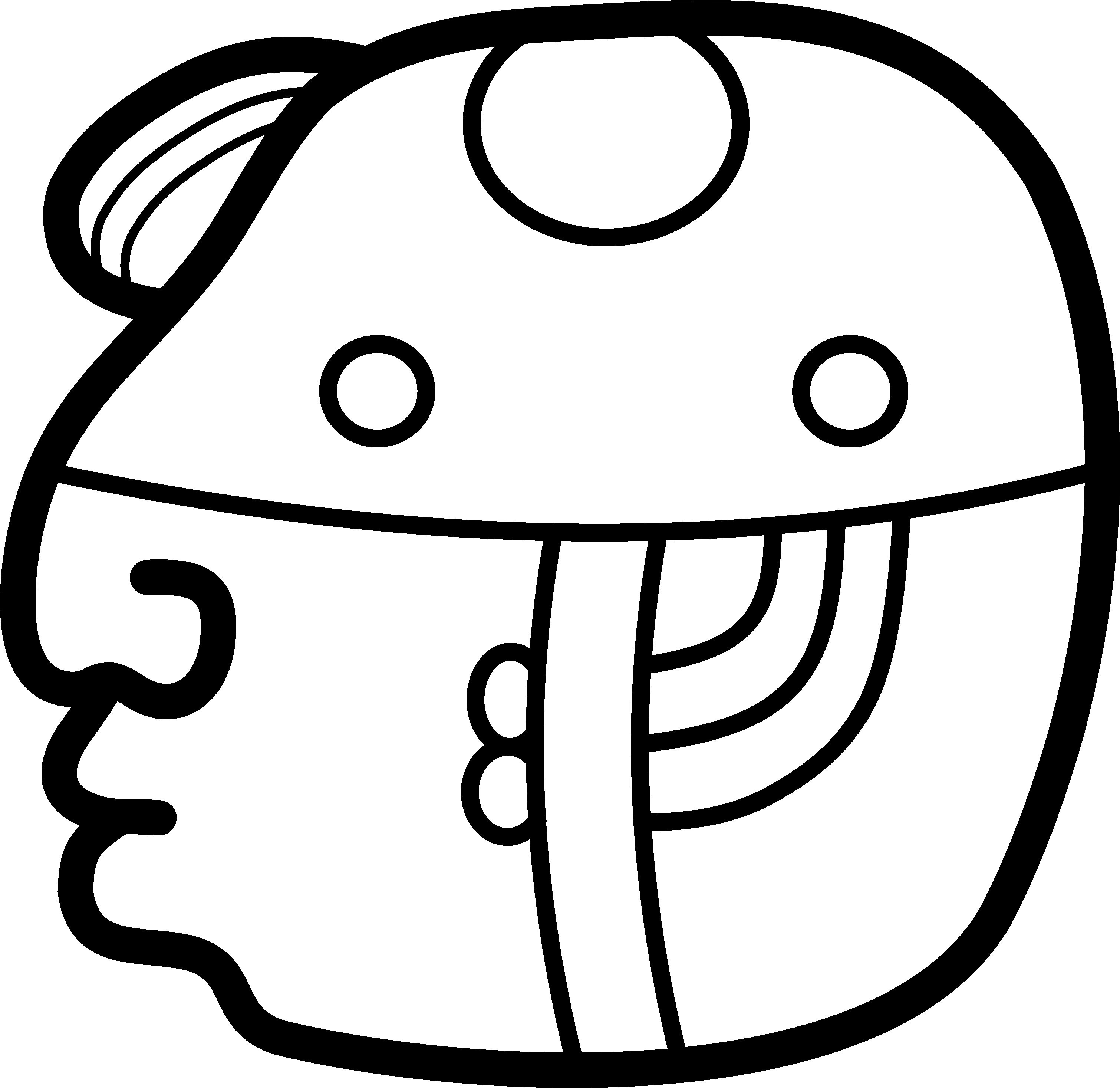 |
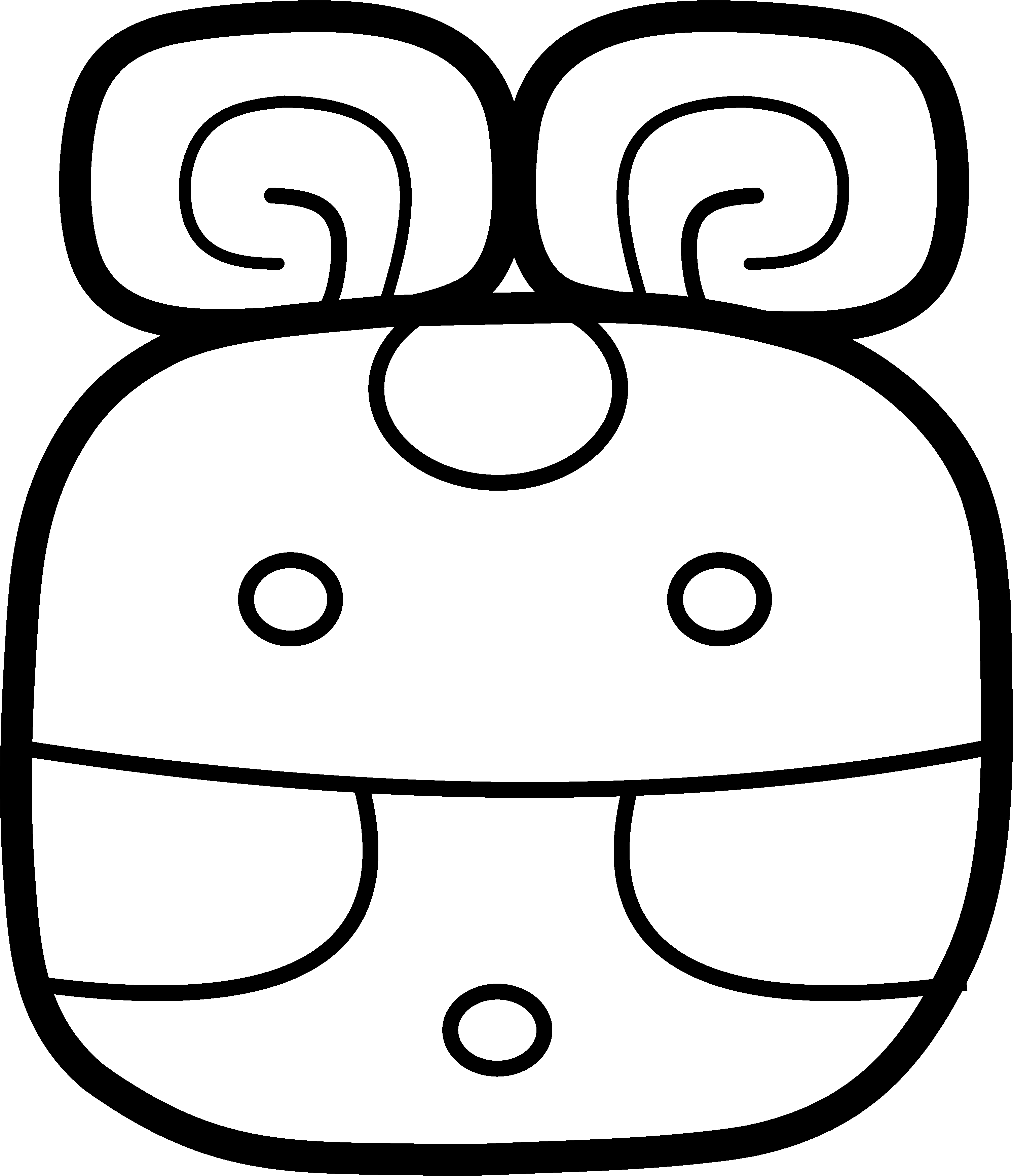 |
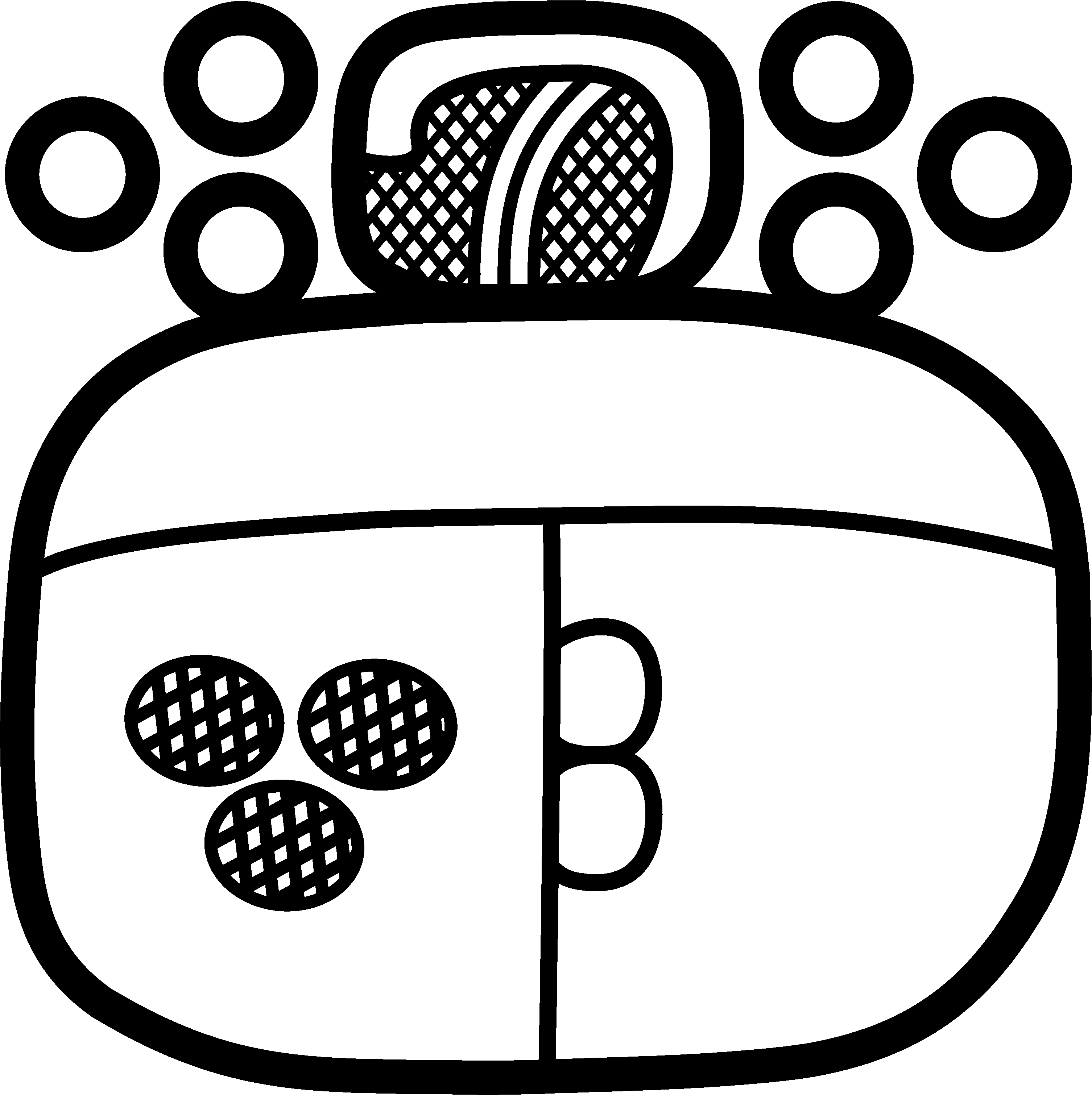 |
|---|---|---|---|
| 1576st | 1576hh | 675bv | 709bv |
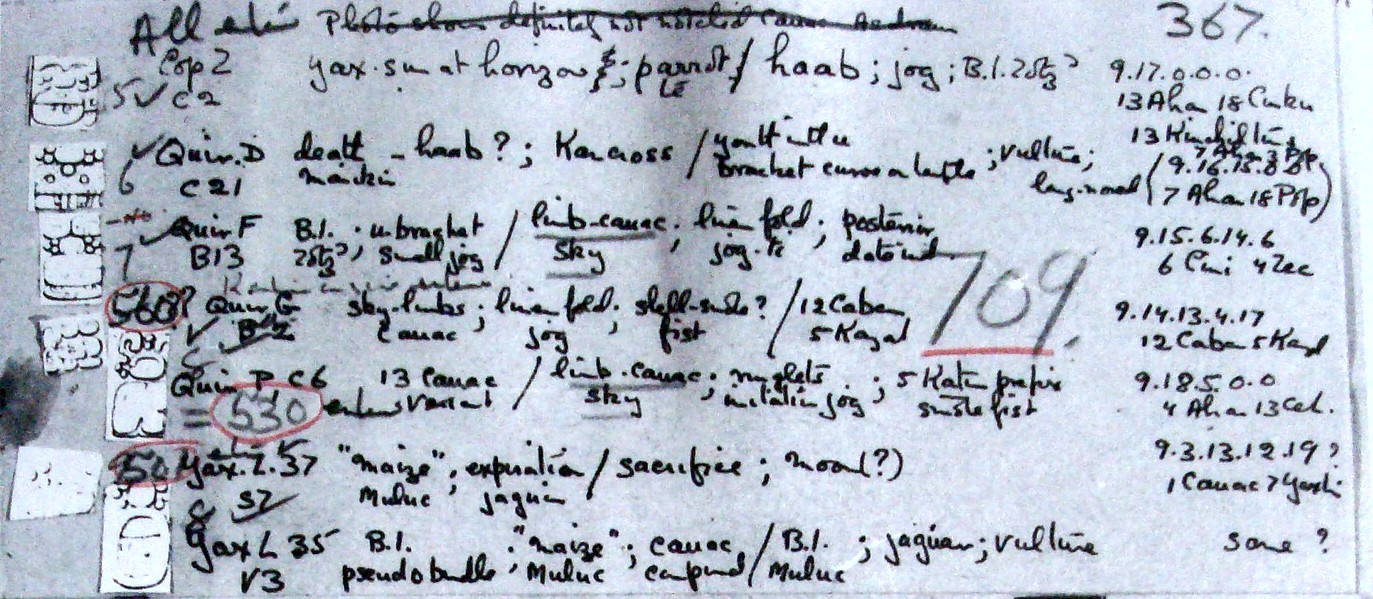
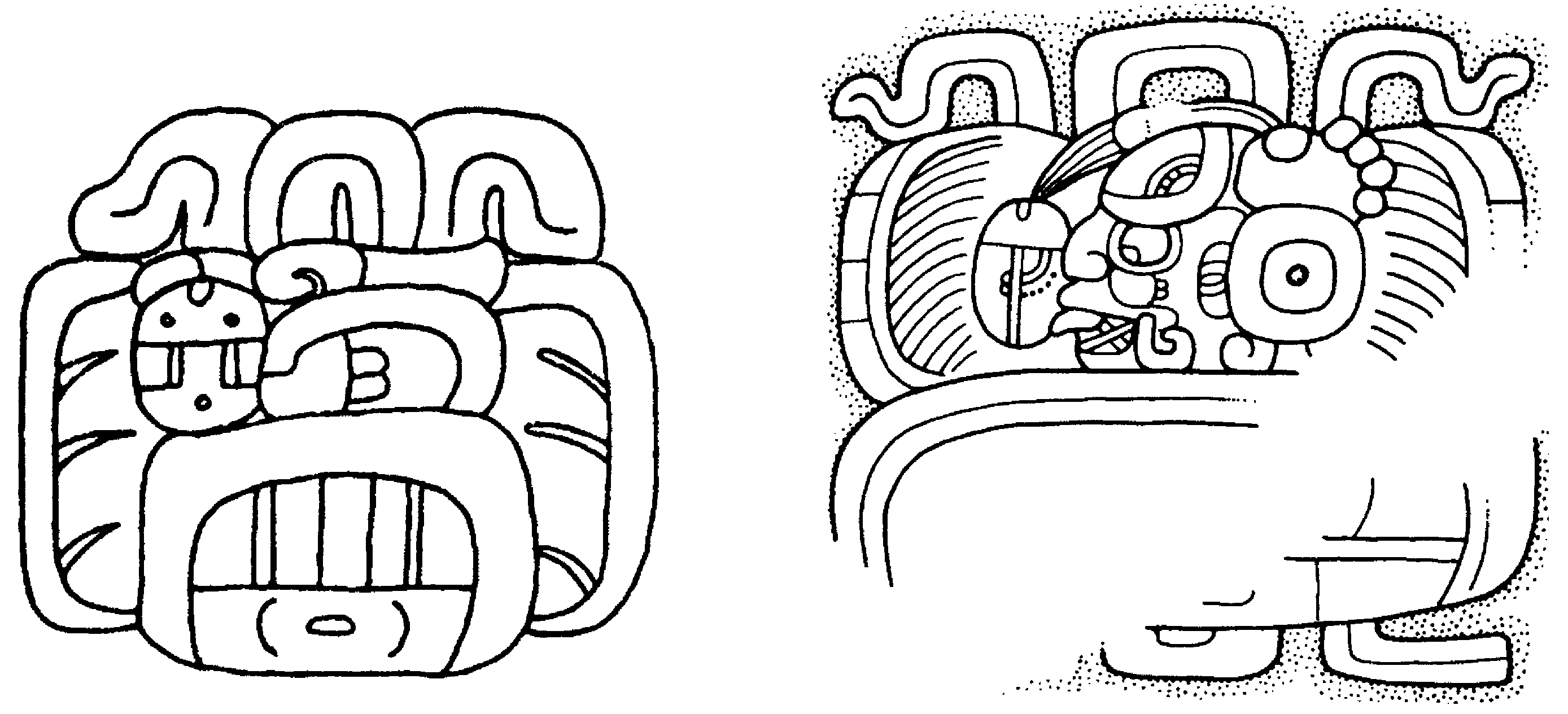
According to Tokovinine’s paper (2014), the main arguments in support of the IB decipherment are full phonetic renderings i-bi-li, preposed i-IB, and postponed phonetic complementation IB-bi. Furthermore, the icon of sign 1576 corresponds to the image of a whole or partial bean plant. Here I present an additional, previously unpublished context that supports Tokovinine’s decipherment, on a shallow bowl that was recently offered for sale by Millon Drouot in Paris on December 1, 2018, from the collection of Arturo Aguinaga (Drouot 2018:Lot 69) (Figure 4). According to the images provided by the auction house, the bowl is well-preserved and has an outward-flaring wall and a flat base, and measures 5.5 cm in height and 15.5 cm in diameter (Millon Drouot 2018:Lot 69). It is painted in the so-called Codex Style. The rim is red and the cream-coloured painted exterior of the bowl displays stylized and personified bean plants with hieroglyphic inscriptions painted in black. Based on stylistic and epigraphic content, the vessel can be assigned to the period between AD 672 and 830 and attributed to the Nakbé region (Drouot 2018:Lot 69).
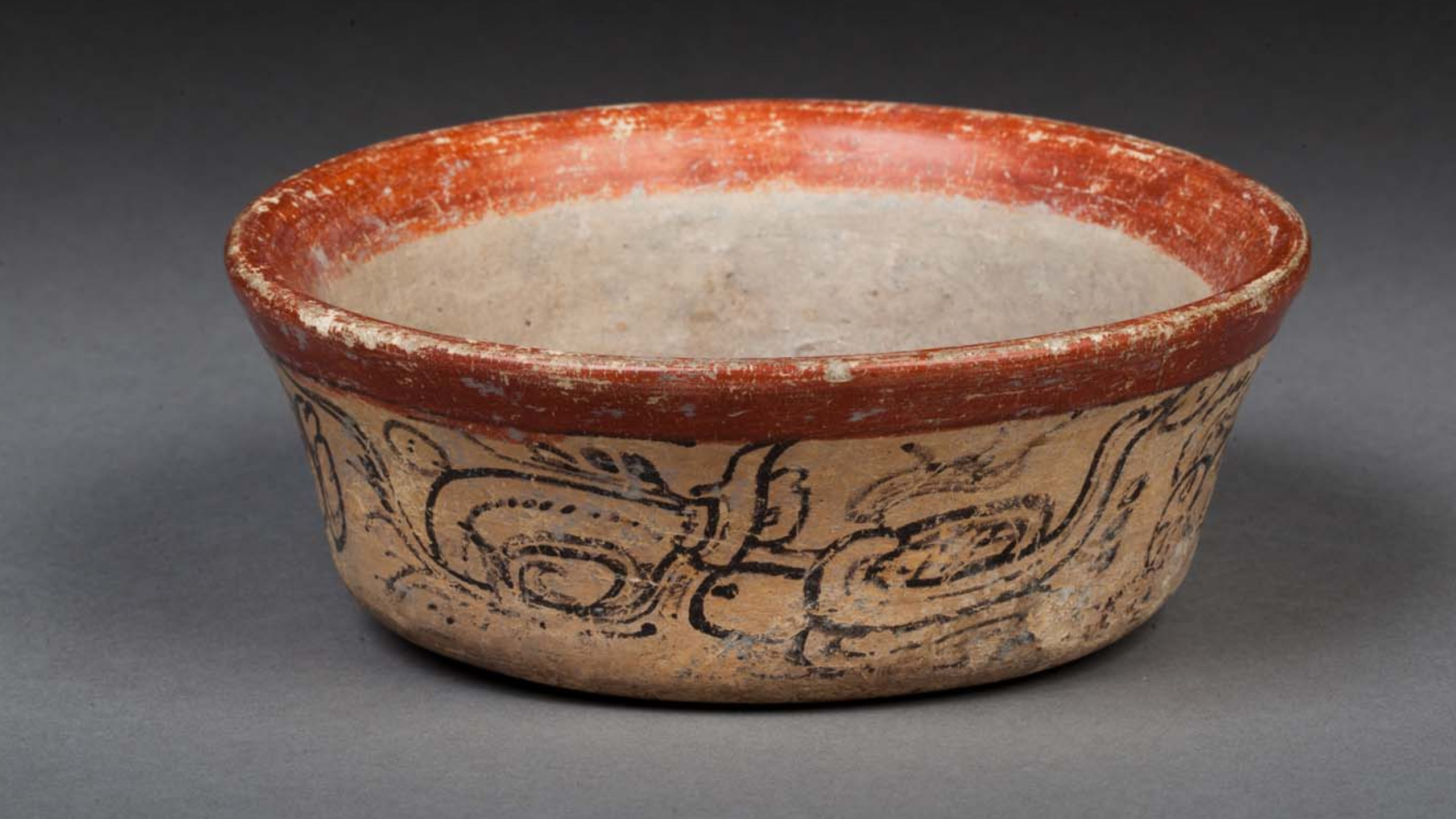
The bowl is painted with a short hieroglyphic inscription and floral iconography. The text is divided into two text fields containing a total of four readable hieroglyphic blocks, two in each field, framed by floral motives. The inscription names the owner of the vessel and provides information about its original use as container for beans.
| A1 | B1 | C1 | D1 |
|---|---|---|---|
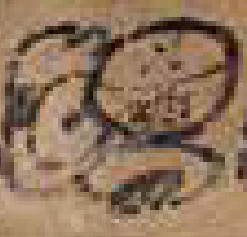 |
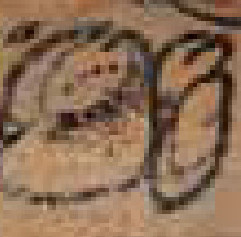 |
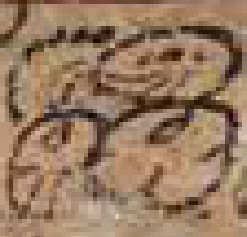 |
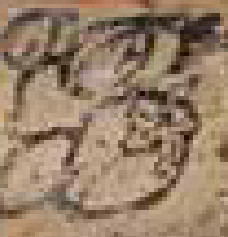 |
| 17st.[1576st:24st] (1) | 683bh.17st | [32dh:520st].[606st:521st] | 58st.[57st:539st] |
| yi.[IB:li] | ja.yi | [K’UH:cha].[TAN:WINIK] | SAK.[si:WAY] |
| yi-IB-li | ja-yi | K’UH cha-TAN WINIK | SAK WAY-si |
| y-ib-il-Ø | jaay | k’uh chata[h]n winik | sak wa[h]y-is |
| it [is] his ‘bean’-y | clay bowl | Chatahn Lord (Title) | Sak Wahyis (Title) |
The inscription contains a short dedicatory text and identifies the owner by his titles only, rather than by a personal name. The titles k’uh chatahn and sak wayhis (C1-D1) associate him with the region encompassing Calakmul, Uxul and La Corona, where these titles often occur (Martin 2017; Grube et al. 2012:21-25). The dish is further labelled as ja-yi or jaay or “clay bowl” (B1), a term first deciphered by the late Alfonso Lacadena (1997). According to the text, the bowl originally must have served as container for lima beans, as suggested by the introductory compound yi-IB-li or y-ib-il. Block A1 clearly exhibits the logograph IB. The prevocalic form of the third-person singular ergative pronoun (y-) provides further support for Tokovinine’s decipherment of IB as “lima bean”.
The inscription on this clay bowl also hints that it may have been used to serve a particular bean dish. Recently, David Stuart published a short note about an inscription on a similar bowl in the Museum of Fine Arts in Boston (2016) (Figure 6). The respective dedicatory text reads yi-chi-li ja-ya and is followed by the name of the owner, a young lord from the Eastern Petén region. According to Stuart, the compound yi-chi-li ja-ya is best analyzed as y-ich-il jaay “his chili vessel”. In the same note, Stuart also refers to a sherd from Calakmul which exhibits the compound i-chi-li ja-ya for ich-il jaay. Stuart explains that the addition of the -Vl suffix in ichil may either derive an adjective from the root noun or another noun meaning “chili sauce”, the latter being attested in Colonial Yukatek: “salsa con chile y caldo con chile y carne y qualquier guisado assi” (Ciudad Real 1984:221v); thus, ichil jaay could be interpreted as “(it is) a chili vessel” or “(it is) a chili sauce(?) vessel”. The suffix -il in the word y-ib-il recorded on the auctioned bowl presented here seems to be the same suffix that Stuart (2016) previously identified for ichil “chili sauce”. Accordingly, the suffix -il would alter the meaning from ib “lima bean” to ibil “lima bean paste”, possibly some kind of Classic Maya “baked beans”, or a predecessor of “frijoles refritos”.
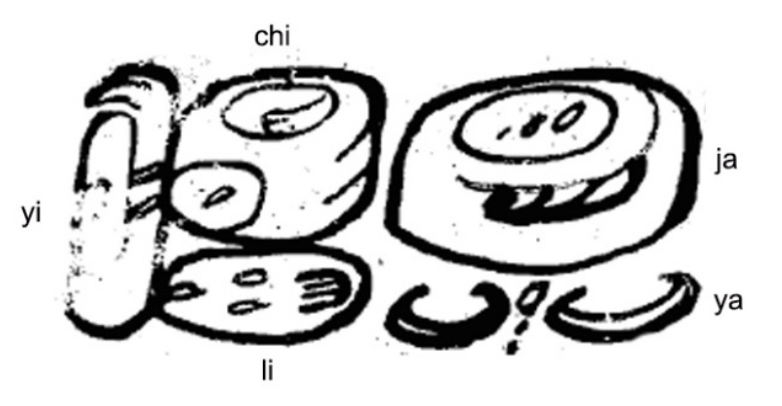
The bowl’s main textual and pictorial theme is clearly beans. The pictorial area is most likely embellished with a rendition of a personified lima bean (Figure 4). Many objects in Maya art, such as natural features, artefacts or plants, are given faces. The scene here shows a personified or zoomorphic bean plant coughing up an elongated, speckled object that has the typical characteristics of a lima bean (Phaseolus lunatus). It thus raises the question of how we should understand emic concepts of plant growth or fruit formation among the Classic Maya. This representation of a living plant as an animal-like creature regurgitating a fruit from its gaping snout as kind of visual birth metaphor could provide preliminary clues to such concepts. Such an image of a plant emanating its seed has far-reaching implications and will be the subject of a separate article.
This research note, in sum, has proven that the Classic Maya used bowls in which beans were prepared and probably served as food, and designated some ceramics for this purpose with glyphic tags. With the identification of the term ibil jaay for “lima bean vessel”, we recover not only an emic name for such a vessel, but also a new entry for the dictionary of Classic Mayan.
Acknowledgments
I would like to thank Daniel Graña-Behrens, Dmitri Beliaev, Albert Davletshin, Sven Gronemeyer, Nikolai Grube, Mallory Matsumoto, and Elisabeth Wagner for constructive criticism of the text.
References
Ciudad Real, Antonio de
1984 Calepino maya de Motul. Universidad Nacional Autónoma de México, Méxcio.
Grube, Nikolai
1994 Is T709, the Main Sign of the Glyph for the Fourth Lord of the Night, a Logogram for abak / yabak “Powder, Ink, Charcoal”? Unpublished Unpublished Manuscript. Bonn.
Grube, Nikolai, Kai Delvendahl, Nicolaus Seefeld, and Beniamino Volta
2012 Under the Rule of the Snake Kings: Uxul in the 7th and 8th Centuries. Estudios de Cultura Maya 40:11–49.
Helmke, Christophe
2013 Mesoamerican Lexical Calques in Ancient Maya Writing and Imagery. The PARI Journal 14(2):1–15.
Lacadena García-Gallo, Alfonso
1997 Comments on the (u-)ha-yi Compound in the Primary Standard Sequence. Paper presented at the First Leiden Maya Symposium, Leiden.
Macri, Martha J., and Matthew G. Looper
2003 The New Catalog of Maya Hieroglyphs: The Classic Period Inscriptions. Civilization of the American Indian Series 247. University of Oklahoma Press, Norman, OK.
Martin, Simon
2017 Secrets of the Painted King List: Recovering the Early History of the Snake Dynasty. Maya Decipherment. https://decipherment.wordpress.com/2017/05/05/secrets-of-the-painted-king-list-recovering-the-early-history-of-the-snake-dynasty/, accessed December 10, 2018.
Million Drouot (editor)
2018 Arts de l’Amérique Précolombienne: Collection Arturo Aguinaga, Barcelona. Million Drouot, Paris
Prager, Christian M., and Sven Gronemeyer
2016 Neue Ergebnisse in der Erforschung der Graphemik und Graphetik des Klassischen Maya. Unpublished Electronic Document. Bonn. https://www.academia.edu/33672448/, accessed December 10, 2018.
Stuart, David
2012 On Effigies of Ancestors and Gods. Maya Decipherment. http://decipherment.wordpress.com/2012/01/20/on-effigies-of-ancestors-and-gods/, accessed December 10, 2018.
2016 Chili Vessels. Maya Decipherment. https://decipherment.wordpress.com/2016/03/24/chili-vessels/, accessed December 10, 2018.
Thompson, J. Eric S.
1962 A Catalog of Maya Hieroglyphs. The Civilization of the American Indian Series 62. University of Oklahoma Press, Norman, OK.
Tokovinine, Alexandre
2014 Beans and Glyphs: A Possible IB Logogram in the Classic Maya Script. The PARI Journal 14(4):10–16.
Footnotes
-
Numeric codes according to the standards set by J. Eric S. Thompson (1962) with corrections and emendations by the project. Sign variants are indicated by a two-letter code appended to the numeric code (Prager and Gronemeyer 2016).